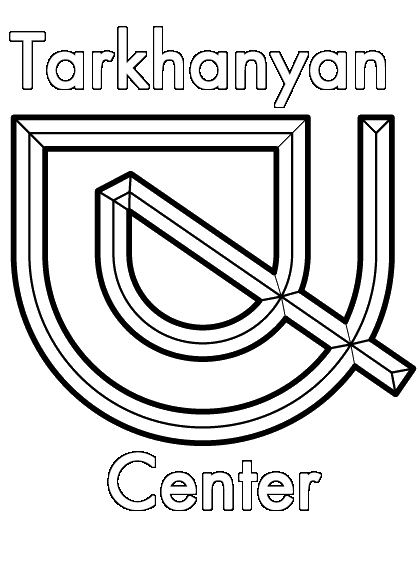The Final Years of Arthur Tarkhanyan: Late Projects and Legacy

Architectural Peak and Challenges of the 1980s
In the 1980s, Arthur Tarkhanyan reached the peak of his professional career. His projects gained international recognition, and he held key positions within Armenia’s architectural and urban planning system. In 1986, he was appointed First Deputy Chairman of the State Construction Committee (Gosstroy) of Armenia, effectively becoming the country’s chief architect. In this role, he was responsible for the strategic development of cities, oversaw major projects, and helped shape the architectural policy of the republic.
One of the landmark projects of that period was the restoration of the Sports and Concert Complex after a fire in 1985. This was a complex engineering challenge that required a reassessment of safety standards in such facilities. However, despite his professional success, a period of serious trials followed—ones that would deeply affect the architect’s life and career.
Chernobyl: A Journey with Tragic Consequences
In 1986, the Chernobyl nuclear disaster occurred. Among the specialists sent to assess the damage and plan the resettlement of the liquidators was Arthur Tarkhanyan. He took part in designing the “Yerevan District” of the newly built city of Slavutych, which was intended to house workers from the Chernobyl Nuclear Power Plant.
According to his daughter, Anahit Tarkhanyan, he volunteered to go into the disaster zone despite all warnings. He considered it his duty to contribute to the restoration of the affected areas. The architectural project of Slavutych, developed by a group of Armenian architects under his leadership, was highly praised and received the State Prize of Ukraine. However, exposure to radiation during this mission severely impacted his health.
Stroke and the End of Architectural Work
A year after his trips to Chernobyl, in 1987, Tarkhanyan suffered a severe stroke. This marked a turning point in his life—he lost the ability to continue active architectural work. His family and colleagues tried to support him and help him return to the profession, but the illness prevented him from resuming his activities.
On the initiative of Armenian authorities, he was sent for treatment to the Burdenko Clinic in Moscow. Despite receiving medical care, full recovery was not possible. For a man who had dedicated his entire life to architecture and construction, being forced into inactivity was a profound personal trial.
Final Years and Passing
After his illness, Tarkhanyan lived with his family, observing changes in Yerevan’s architecture but unable to take part in them. He passed away on April 6, 2006, in Yerevan. His death was a significant loss for Armenian architecture, but his legacy continues to live on.
Memory and Legacy
Following his passing, his daughter Anahit Tarkhanyan dedicated herself to preserving her father’s creative heritage. The Arthur Tarkhanyan Center was established in Yerevan, housing his drawings, projects, sketches, and photographs of completed works. The center serves not only as a museum of his work but also as an educational platform for future architects.
Tarkhanyan’s works remain symbols of Armenian modernism, continuing to inspire new generations of architects. His name is firmly etched into the history of 20th-century architecture, and his buildings continue to define the character of Armenian cities. In the memory of his colleagues, students, and family, he remains not only a great architect but also a man of profound spirit, whose passion for architecture never faded—even during the most difficult moments of his life.
